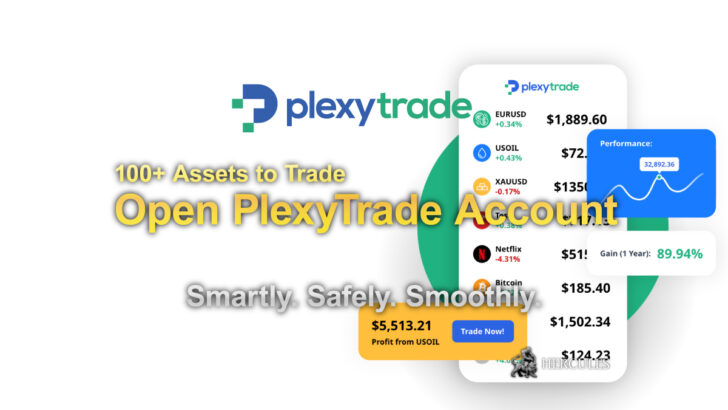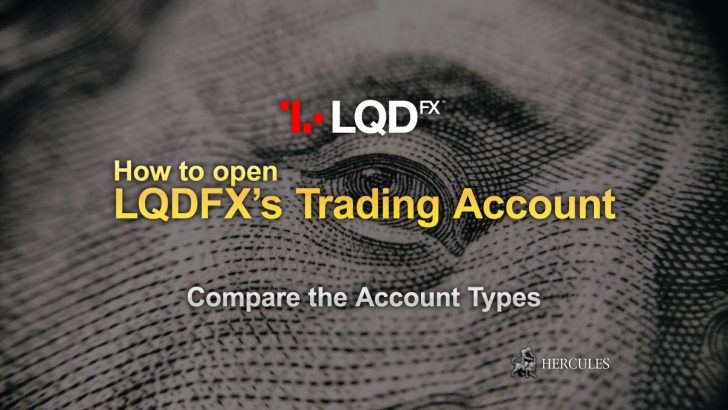Question: CFDs and Metals - 14 Most Asked Questions by Online Traders
Here are 13 most asked questions regarding to Metals and CFDs (Contract for Difference).
Do you know the answers to all of these questions? Find out now!
1. What are CFDs?
Contracts for difference (CFDs) are derivative products which enable you to trade on the price movement of underlying financial assets (such as indices and commodities).
You can diversify your portfolio by trading CFDs, as you’re able to trade Forex and CFDs on one account.
2. What does order volume mean for CFDs?
The order volume for CFDs refers to how many contracts you trade.
3. What’s the minimum volume I can trade for a CFD product?
The minimum volume that you can trade on CFDs is 0.1 of a contract.
4. Can I specify the leverage for my CFD trades?
The margin requirement for CFD products is fixed for each particular CFD instrument you’d like to trade.
Please refer to the contract specifications for commodities and indices.
5. How do I calculate margin for CFDs?
There’s a fixed margin for each CFD product.
The margin amount is based on one contract.
Please refer to each broker’s CFD contract specifications for margin requirements.
6. How do I calculate my profit and loss for index and commodity CFDs?
To calculate the profit and loss for an index CFD, please follow the example below:
Market movement = (closing price – opening price) / minimum increment
and
Profit and loss = market movement × increment value × volume
Example:
| Instrument: | US 500 |
|---|---|
| Volume: | 0.1 |
| Open price: | 1,250.00 |
| Close price: | 1,251.00 |
| Increment: | 0.25 |
| Increment value: | USD 12.50 |
Market movement = (1,251.00 – 1,250.00) / 0.25
Market movement = 4 increments
Profit and loss = 4 increments × USD 12.50 x 0.1
Profit and loss = USD 5.00
7. What are the trading hours for CFDs?
The trading hours depend on the individual CFD product.
8. How do I download historical data for CFDs on my MT4 platform?
Each Broker has special symbols showing historical data for CFDs, available in the Market Watch window.
These symbols aren’t tradable; they only serve as a source for historical data and begin with an underscore (eg: _CL).
The current tradable CFD is suffixed with an alphanumeric identifier, denoting the contract expiry month, such as CL.G3.
9. Why does my CFD chart only go back a few weeks/months on my MT4 platform?
Make sure that you open the chart for the symbol beginning with an underscore (eg: _CL), as it shows price data from the current and all past contracts.
10. Why can’t I place a CFD trade on my MT4 platform?
Check the symbol that you’re trying to trade.
The current tradable CFD is suffixed with an alphanumeric identifier, such as CL.G3.
Check that the suffix of the symbol you’re trying to trade corresponds to the current contract.
11. Why am I receiving the message “Market is closed” when trying to open a trade on my MT4 platform?
This error message means that you’re trying to trade out of trading hours, and there are no current tradable prices.
12. Which order volume do I select when trading gold or silver?
Order volume refers to the number of lots you wish to trade.
One lot of gold (XAUUSD) equals 100 troy ounces (troy oz).
One lot of silver (XAGUSD) equals 5,000 troy oz.
13. How do I calculate my position value for gold and silver?
You can work out the position value using this formula:
Volume (lots) × troy oz (gold: 100; silver: 5,000) × price = position value (USD)
14. How do I calculate my profit and loss for gold and silver?
You can use the below formula to calculate the profit/loss of a position in precious metals:
Calculate the market movement in pips
| Buy Orders: | (closing price – open price) / tick size = market movement (pips) |
|---|---|
| Sell Orders: | (open price – close price) / tick size = market movement (pips) |
Calculate the profit/loss
Profit/loss (USD) = volume (lots) × pip value (USD) × market movement (pips)
Alternatively, the following formula can be used:
| Buy Orders: | Profit/loss = position value at close (USD) – position value at open (USD) |
|---|---|
| Sell: | Profit/loss = position value at open (USD) – position value at close (USD) |
Example 1
Buy 1.3 lots XAUUSD at USD1,583.05 and sell at USD1,601.10
USD1,601.10 – USD1,583.05 = USD18.05/troy oz gain
USD18.05 x 130 (1.3 lots at 100oz/lot) = USD2,346.50 profit
Example 2
Sell 1.3 lots XAUUSD at USD1,583.05 and buy at USD1,601.10
USD1,601.10 – USD1583.05 = USD18.05/troy oz loss
USD18.05 x 130 (1.3 lots at 100 troy oz/lot) = USD2,346.50 loss
Example 3
Buy 1.3 lots XAGUSD at USD28.15 and sell at USD30.10
USD30.10 – USD28.15 = USD1.95/troy oz gain
USD1.95 x 6,500 (1.3 lots at 5,000 troy oz/lot) = USD12,675.00 profit
Example 4
Sell 1.3 lots XAGUSD at USD28.15 and buy at USD30.10
USD30.10 – USD28.15 = USD1.95/troy oz loss
USD1.95 x 6,500 (1.3 lots at 5,000 troy oz/lot) = USD12,675.00 loss











